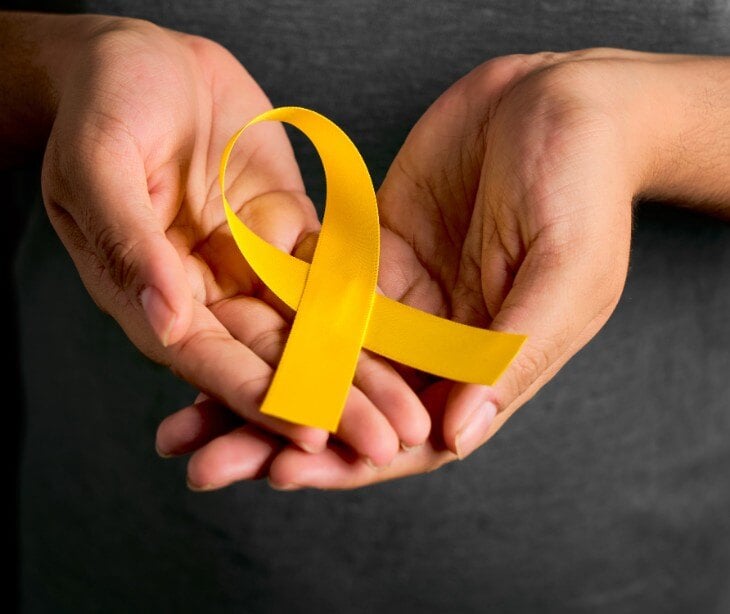2 min read
Text messaging as component of safety planning for adolescent suicide risk
Kirsten Peremore
October 11, 2024

A mental health safety plan is a personalized and practical guide designed specifically to help adolescents recognize and manage their warning signs of emotional distress and suicidal thoughts. According to a journal article titled Safety Planning for Suicide Prevention this plan's function is as, “...a well-constructed Safety Plan can reassure its owner that s/he is neither helpless nor alone.” Mental health professionals, often in collaboration with the adolescent and their family, create this plan.
Parents and caretakers are made aware of its existence right from its development to ensure they can support its implementation effectively. The plan is communicated through clear conversations and is usually documented in a format that the adolescent can easily access and refer to whenever necessary. It's set in place through a collaborative effort, ensuring that both the young person and their support network understand and agree on the steps to take in an emergency.
The components of this safety plan include:
- Personal warning signs that indicate rising stress or emotional distress
- Internal coping strategies that don't involve contacting another person
- People and social settings that provide distraction
- Friends or family members who can offer help during a crisis
- Professionals or agencies to contact for help
- Ways to make the environment safe
- An agreed and clear plan of action if the above steps fail
The role of text messaging
Text messaging has the ability to be a useful supplemental part of a safety plan. By integrating text messaging into the safety plan allows for quick and direct contact when an adolescent feels overwhelmed or in danger. The immediacy and accessibility of texting mean that the central contact point (caregiver, parent, or school counselor) can provide a conducive summary of the concerns they have about the adolescent's behavior, facilitating a complement to the initial call to mental health professionals.
In these texts, the person contacting on behalf of the adolescent or the adolescent themselves should focus on conveying their immediate feelings, any urgent needs, and possibly their location if safety is a concern. However, it should be kept concise, and avoid sharing sensitive personal details or graphic descriptions of distress over text to maintain privacy and security. More detailed or sensitive information should be communicated in more secure settings, such as in-person meetings or through protected digital platforms provided by healthcare professionals.
Best practices
- Ensure that all parties involved in the safety plan (adolescents, family members, friends, and mental health professionals) agree on the use of text messaging as a form of communication. Establish clear guidelines on what information should be shared via texts and during what hours texting is appropriate.
- Train adolescents and their support network on how to communicate effectively through texts during a crisis. This includes using clear, direct language and avoiding vague statements. Encourage the use of specific phrases or codes that signal the severity of the situation.
- Set up protocols to ensure that any crisis texts receive immediate attention. This may involve creating a priority alert system within the adolescent’s support network or having a mental health professional available to respond to texts at any time. Using HIPAA compliant text messaging platforms that facilitate read receipts and responses like Paubox Text is a necessary component of this protocol.
- For professional or organizational support systems, consider using automated responses that can immediately acknowledge the receipt of a distress message and provide comforting words or initial advice until a human response is available.
- Combine text messaging with other communication tools like phone calls or emergency apps that can provide additional layers of support. This might include GPS location sharing if an adolescent is in imminent danger.
See also: How text messaging can help promote accessibility
FAQs
What is a safety plan?
A safety plan is a personalized, practical strategy designed to help individuals identify warning signs and utilize coping mechanisms to address potential crises.
When is a safety plan necessary?
A safety plan is necessary whenever an individual is at risk of self-harm or experiencing mental health crises.
Who consents and decides on the safety plan for minors?
For minors, parents or legal guardians typically consent to and decide on the components of the safety plan, often in collaboration with mental health professionals.
Subscribe to Paubox Weekly
Every Friday we'll bring you the most important news from Paubox. Our aim is to make you smarter, faster.



